Australia’s national beef herd continues to rebuild although supply chain issues could affect its growth, according to a new report from Rabobank.
The seasonal outlook for beef titled Recovery Well Underway But The Process Will Be Slow, found supply chain pressures could have implications for sales.
The agribusiness banking specialist said cattle numbers are starting to lift as the national herd is restocked post-drought.
“Increased cattle numbers will see some of the urgency leave the cattle-buying market, so prices will drift down,” the report says.
In good news for producers, it found strong domestic consumption and export markets meant rapid price drops are unlikely.
Report author Rabobank’s senior animal proteins analyst Angus Gidley-Baird said he expected heavier discounting of “poorer cattle and those that don’t meet specifications”.
“Additional cattle will also load up the supply chain, and existing constraints like freight costs, container access, port congestion and labour availability at processing plants will come under further pressure,” he said.
Gidley-Baird said domestic beef production was set to rise in the year ahead but would not meet its full potential.
Rabobank modelling found cattle slaughter numbers could rise seven per cent this year to 6.4 million head, with a corresponding nine per cent rise in production to just more than two million tonnes.
Male slaughter numbers for the last half of 2021 were up eight per cent, representing one of the biggest increases in five years.
But the report found severe constraints in meat-processing labour due to COVID-19 disruptions and a lack of skilled workers and ongoing freight challenges will limit the production increase.
It also determined that the numbers of cattle on feed will rise in the coming season, but warned there will be more selective buying from feedlots.
The report concluded the lift in Australian cattle production will lead to increased beef exports in the year ahead, while domestic beef consumption is expected to decline.
Gidley-Baird said following an “extraordinary 2021”, when supplies were limited and producer demand drove cattle prices “even higher”, that prices will “drift down” through 2022, particularly for young cattle.
“While the strong fundamentals of high global prices, strong consumer demand, and limited global supplies still support cattle prices, we feel the urgency that drove local producers’ restocking efforts will subside, and as a result, the heat will be taken out of the market,” he said.
Bank analysis of regional conditions shows southern Australia leads the way on herd recovery but most production areas are close to normal.
While most eastern states and the Northern Territory still indicate they are up to 25 per cent below their normal capacity, the exception being parts of Victoria where they are at normal or above-normal capacity.
Gidley-Baird said a large portion of the expected herd growth in 2022 was expected to be driven by producers retaining stock.
Related: Exporters boom as others suffer high costs
with news from AAP


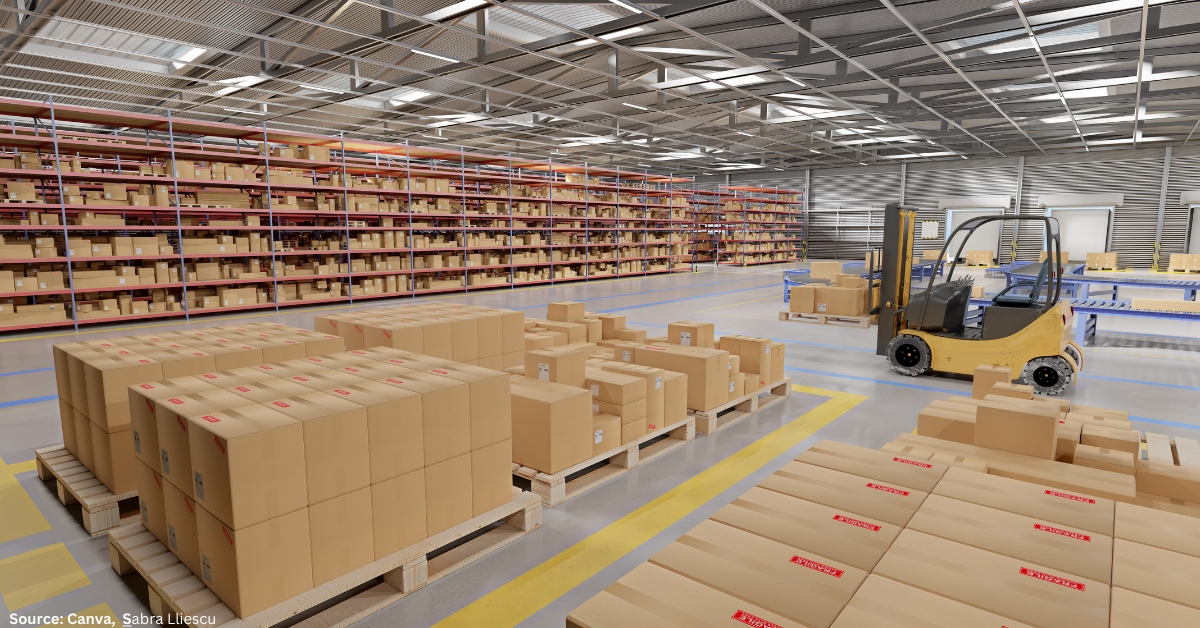

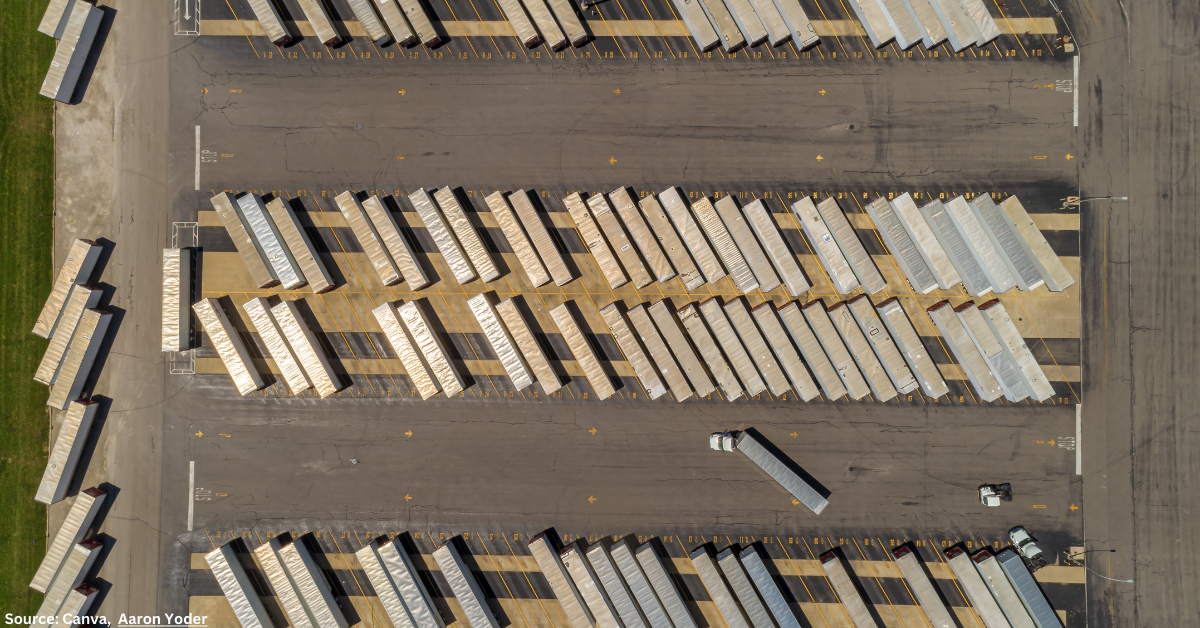





















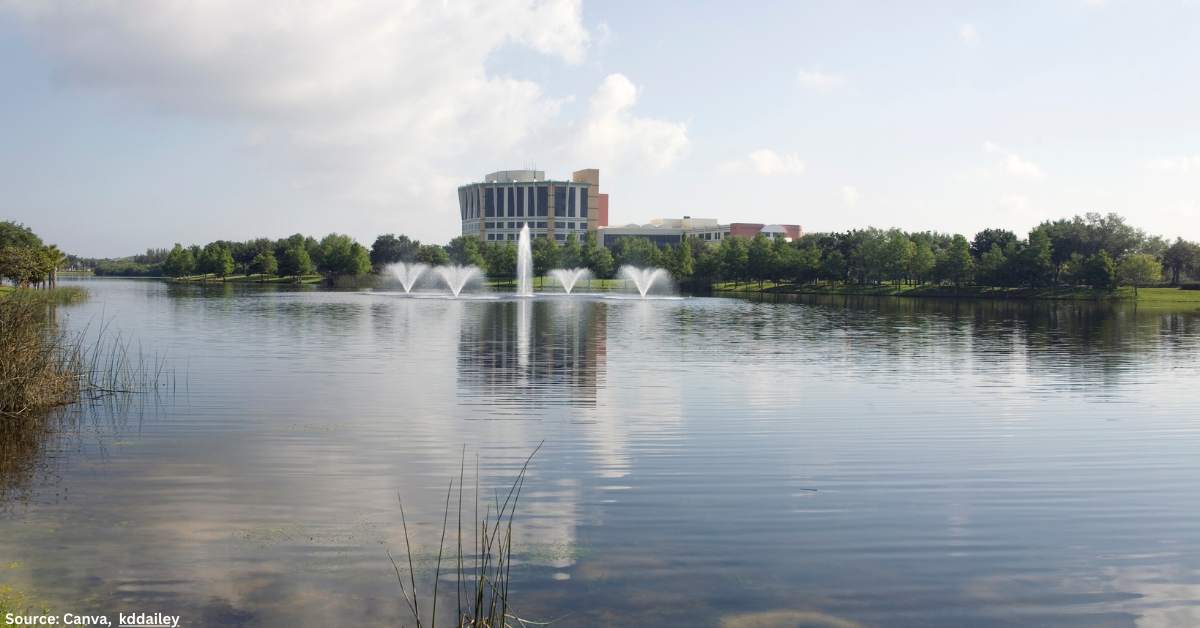
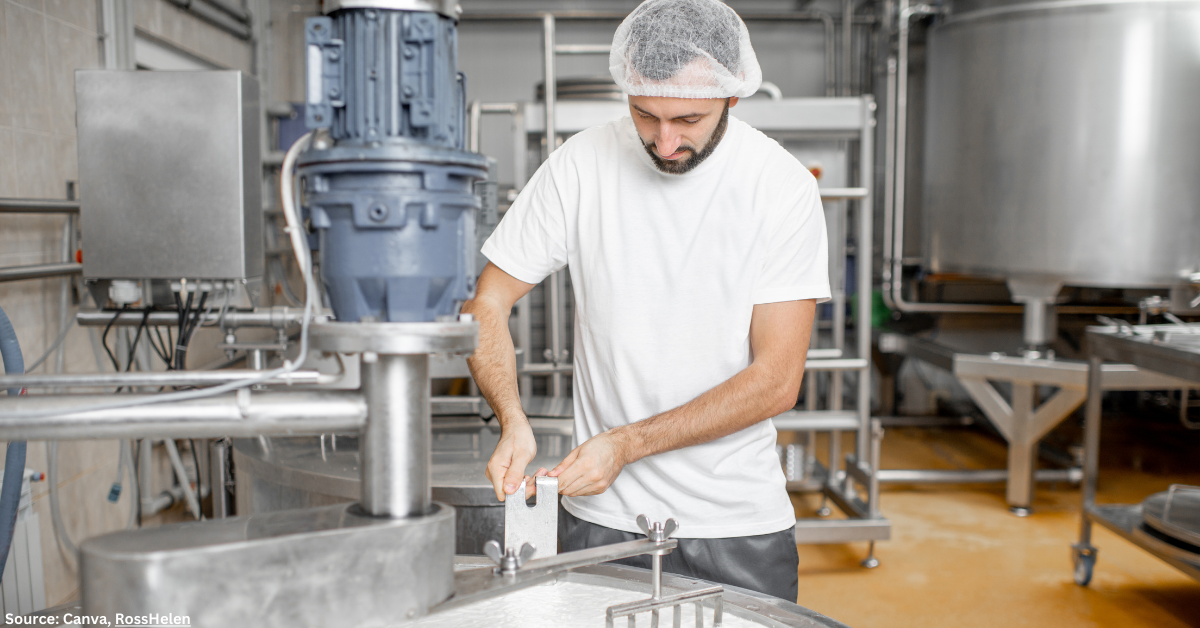
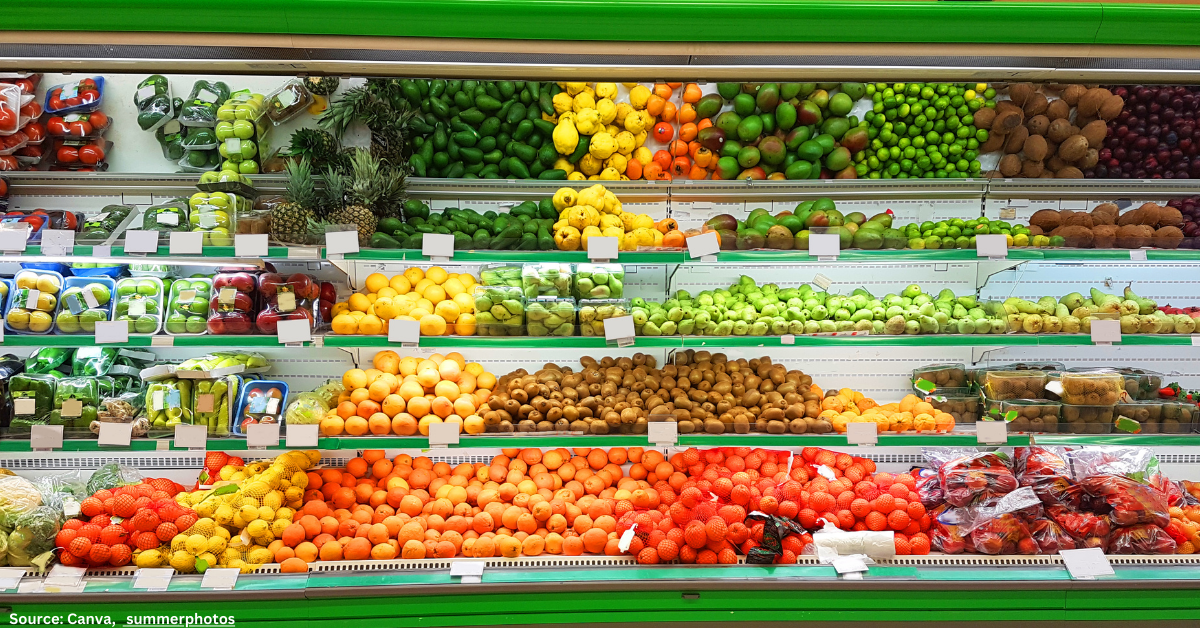




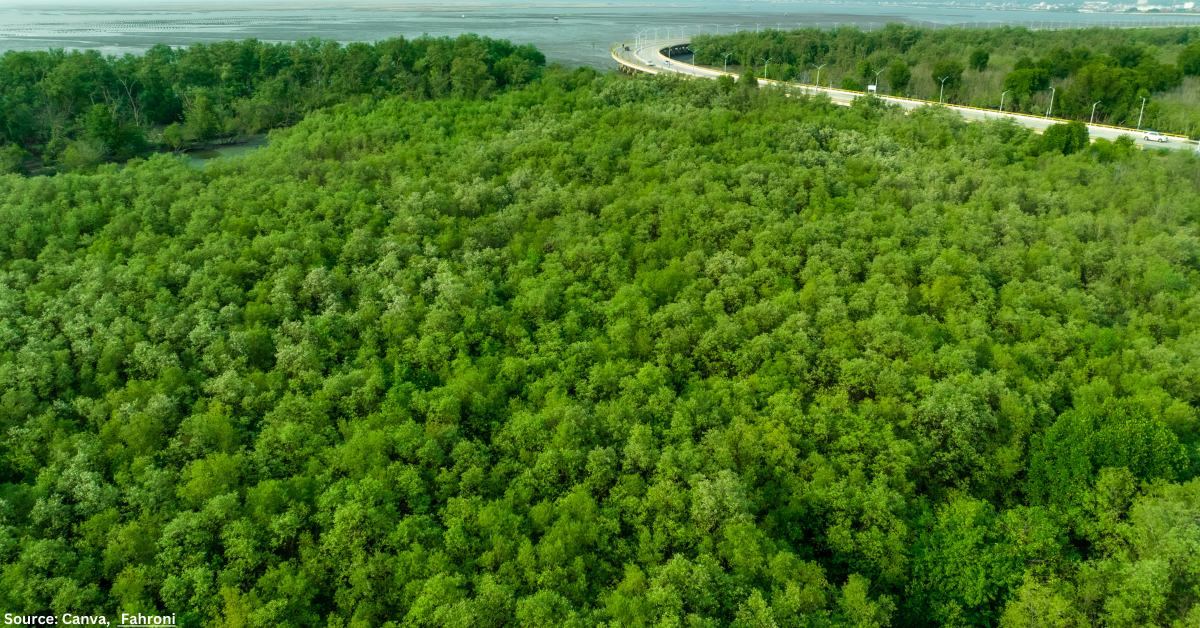
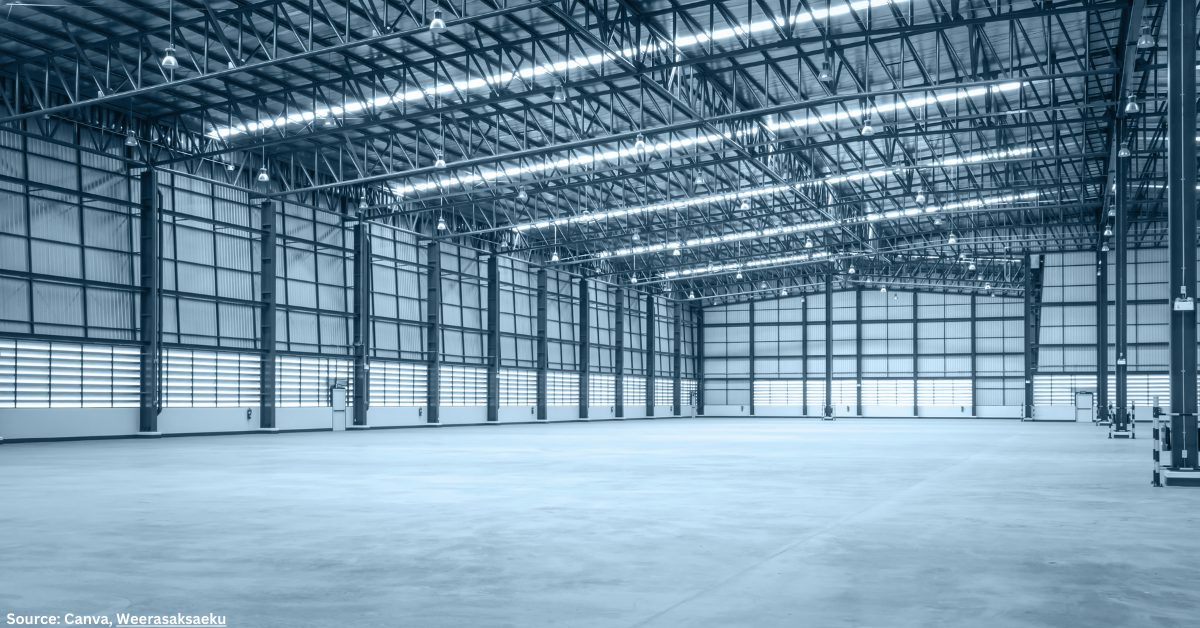
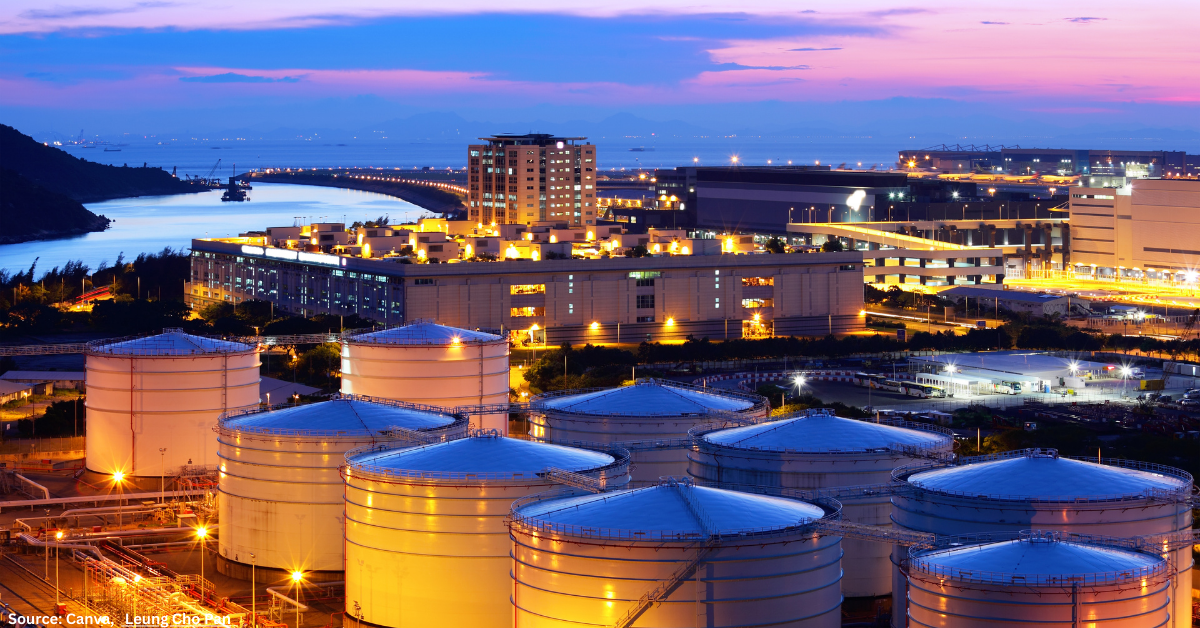




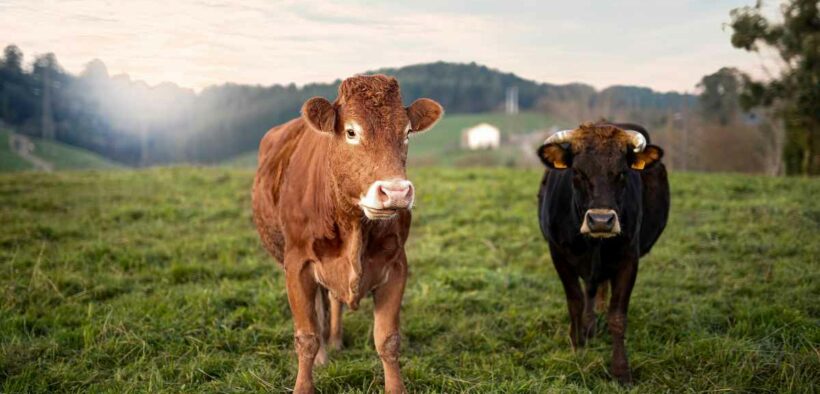







Follow us on social media